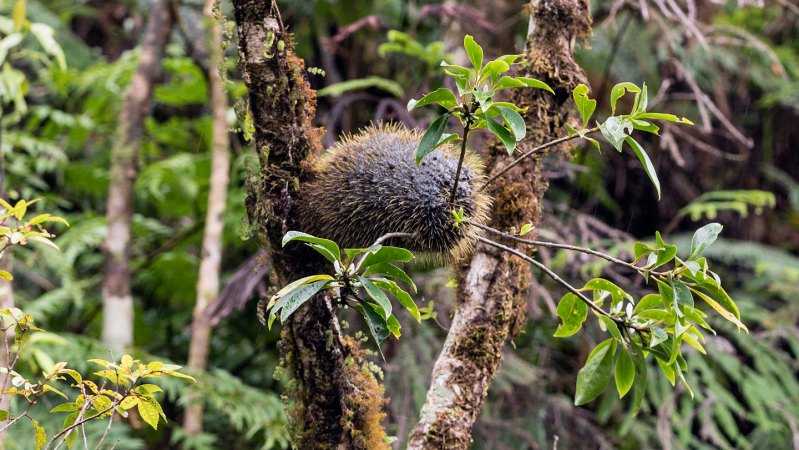The unique architecture of certain ball-like plants in Fiji has been found to create a harmonious environment for competing ant species. These plants, which grow high in trees, enable aggressive ant populations to coexist peacefully while also benefiting from the nutrients provided by the ants’ waste.
Research led by a team from the University of California, Berkeley, published in the journal Nature Communications in early 2023, reveals how these plants have evolved structures that facilitate this unusual relationship. The study highlights the intricate balance of ecosystems and the role of specific adaptations in fostering biodiversity.
Ants and Plants: A Mutualistic Relationship
The plants, often referred to as “ant condos,” provide shelter and resources for various ant species, including those known for their territorial behavior. The architecture of these plants includes hollow structures where ants can nest, effectively keeping rival species separated. This design prevents violent confrontations that would typically arise between competing ant colonies.
In return for shelter, the ants contribute to the plants’ health through their droppings, which are rich in nutrients. This exchange benefits both parties, promoting a symbiotic relationship that enhances the survival of the plants and supports the ant colonies.
Research indicates that the ability of these plants to maintain a peaceful coexistence among aggressive species is a critical factor in their evolutionary success. The study’s lead author noted that this phenomenon showcases how complex relationships in nature can lead to surprising outcomes, such as the flourishing of diverse species in a single habitat.
Implications for Ecosystem Management
Understanding the dynamics between these plants and the ant populations they host may have broader implications for ecosystem management and conservation efforts. As environmental changes continue to impact habitats worldwide, insights from this research could inform strategies to preserve biodiversity.
The findings underscore the importance of protecting such unique ecosystems, not only for their inherent value but also for the lessons they offer about cooperation and coexistence in nature. As conservationists work to mitigate the effects of habitat loss, studies like this provide a roadmap for maintaining the delicate balance of life that sustains both flora and fauna.
In conclusion, the innovative adaptations of Fijian plants and their interaction with ant populations highlight the complexity of ecological relationships. By fostering peace among warring species, these plants demonstrate the potential for harmony in nature, offering valuable insights for future research and conservation initiatives.






































































